Norway is best known for its scenic beauty- in tall, strapping men as well as magnificent fjords, mountains and waterfalls. While travelers can easily spend weeks exploring Norway’s natural wonders and pristine cities, for those of us short on time, here’s a jam packed Norway itinerary to get the most out of your visit.
Day 1: Oslo
Arrive in the capital city of Oslo in the morning on an overnight flight from the U.S. Norwegian Air offers low cost no frills air to Norway and has non stop flights from JFK and Boston to Oslo. Oslo airport has direct train service to downtown Oslo and runs frequently. The “official” airport train is double the price of the local train, so if you don’t mind waiting, jump on the local train which is just as fast, but not as frequent. Book a place to stay near the Oslo train station so you can dump your bags and explore Oslo on foot. Walk over the iconic bridge near the train station and head towards the Oslo Opera House. Continue to walk along the water until you arrive at Akershus Fortress.

Also known as Akershus Castle, it was built to protect Oslo and was also used as a prison. Finally head towards the Palace Park to get a view of the Parliament building. While prices in Norway are far more expensive than most countries in Europe, New Yorkers will feel right at home spending an arm and leg for fine dining.
Day 2: Norway fjords
Wake up uncomfortably early and catch the first train to Myrdal. The journey is close to 5 hours so don’t worry you can sleep for the first few hours. The scenery doesn’t start to pick up until the last two hours of the train ride.
Once in Myrdal, transfer to the Flam Railway. Known to be one of the most scenic train journey’s in the world, the train travels on the edge of the mountain for 20 km and takes about 1 hour. Grab a seat with a window that opens so you can take unobstructed pictures (and selfies). The train will also make a stop so you can get off and take pictures outside a stunning waterfall.
The train will put you in Flam, where you will board a fjord cruise (which will blow your mind). Weather onboard the fjord cruise will be about ten degrees colder, so pack layers. It is also very windy so hold on tight to your phones and cameras while taking photos and videos.
Following the cruise, hop on a bus to Voss and finally take the Bergen Railway from Voss to Bergen. Arrival into Bergen is close to 7 pm. The best way to book this journey is through the company Norway in a Nutshell. The most efficient option is traveling from Oslo to the city of Bergen via Myrdal, Flam, and finally Voss. The tour, around $250, has places to store your luggage on each train ride, boat ride and bus ride, plus it doubles as your transportation to the city of Bergen on Norway’s west coast. Purchasing the package through Norway in a Nutshell provides all your transfers and is the most scenic way to travel from Oslo to Bergen. Remember to pick up the tickets from the train station in Oslo when you arrive from the airport.
Day 3:Bergen
Spend the morning in Bergen exploring the scenic wharf area (a UNESCO World Heritage Site) and wandering the streets. The city of Bergen is set on the side of a mountain so the views from the wharf of the houses is very picturesque. You can wander up the streets, gaining elevation and views as you go or take the funicular up.
Read more about Bergen here. Bergen is not that big and can be easily explored in half a day. Norwegian air offers evening non stop flights from Bergen to JFK which will allow New Yorkers to make the the most of their day and head back to the U.S. in the evening.
Norway Travel Tips
While beautiful, Norway has the potential to get very cold. The temperature can vary greatly during the day depending on the elevation so pack layers and water resistant jackets. Bring snacks with you while traveling, and don’t be afraid to drink the water. Also the bathrooms, even in the train, are very clean so have no fear! Almost every establishment accepts credit card so do not convert too much cash before traveling. If you have more time to spare, fly to Stavanger to hike to Pulpit Rock or, if you have the guts, make the challenging trek to iconic Trolltunga. City lovers can fly direct from Bergen to Copenhagen or Stockholm to continue exploring this fantastic and pristine part of the world.













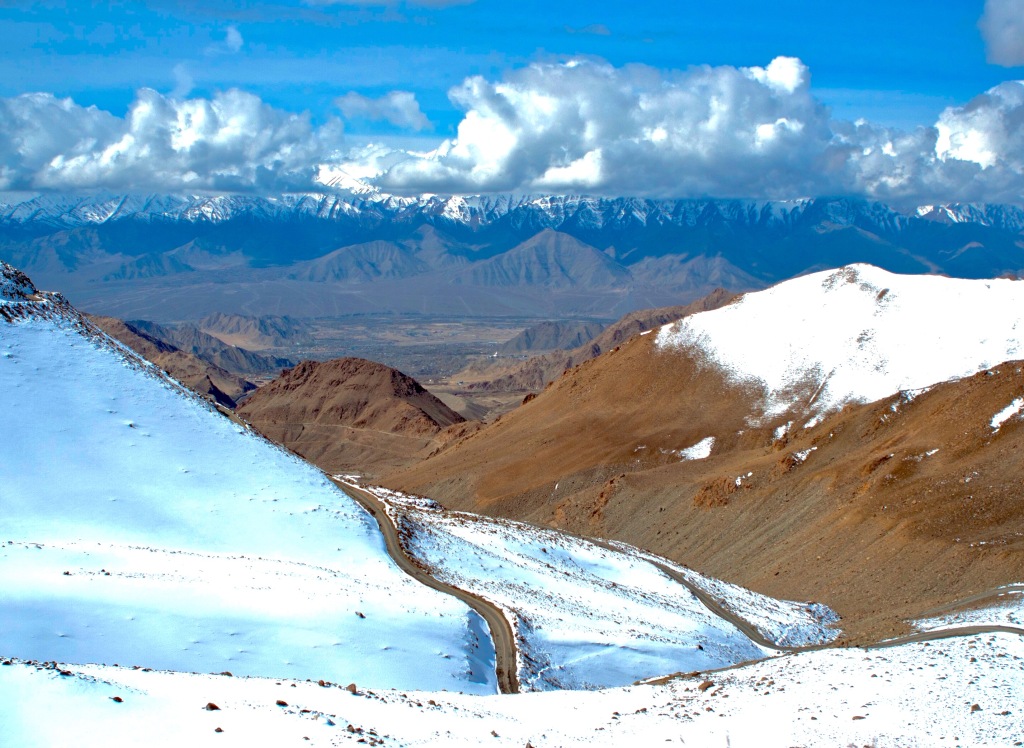


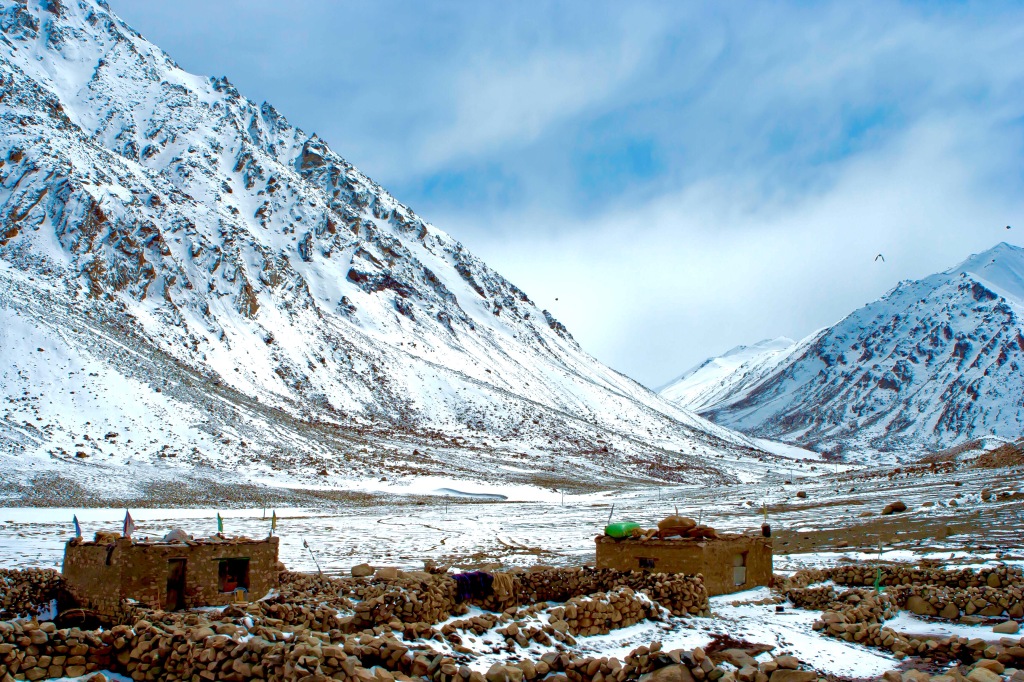








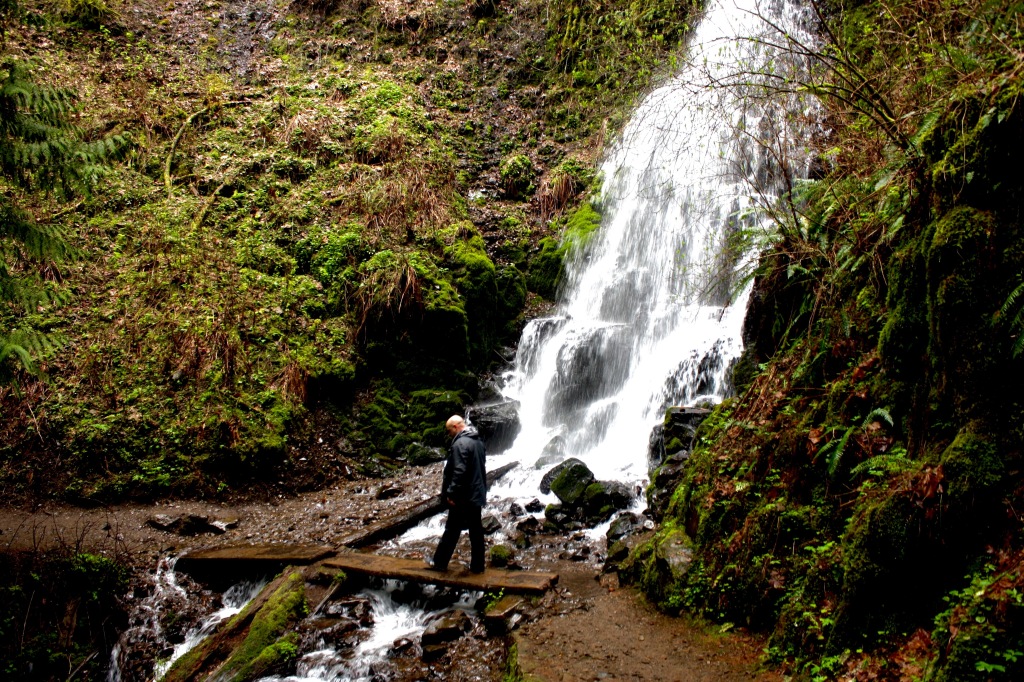



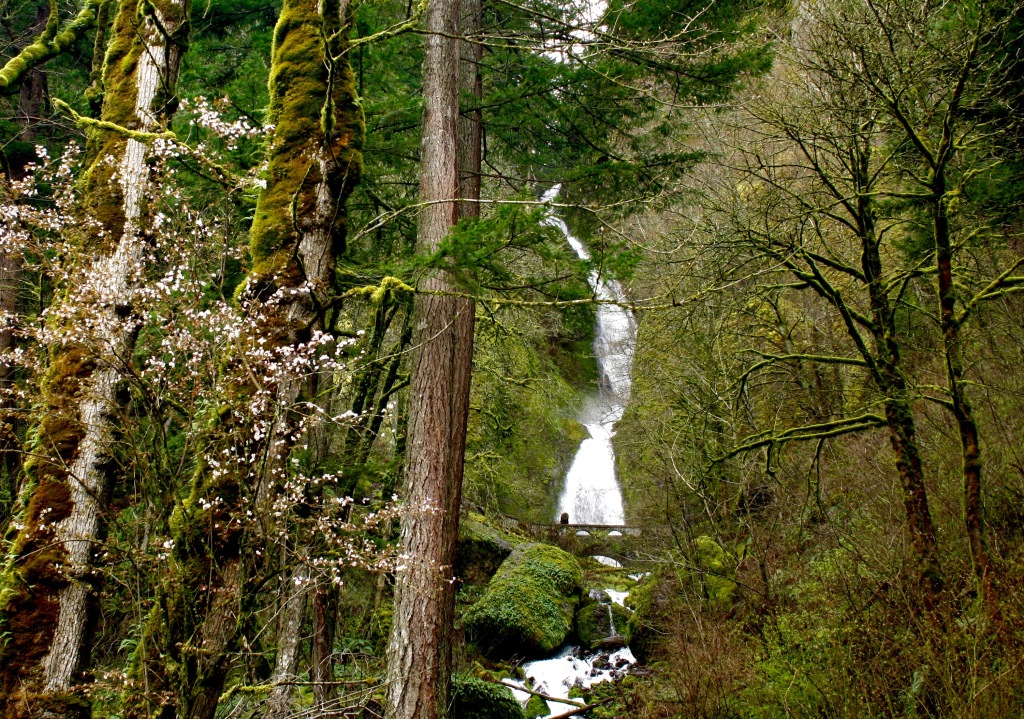







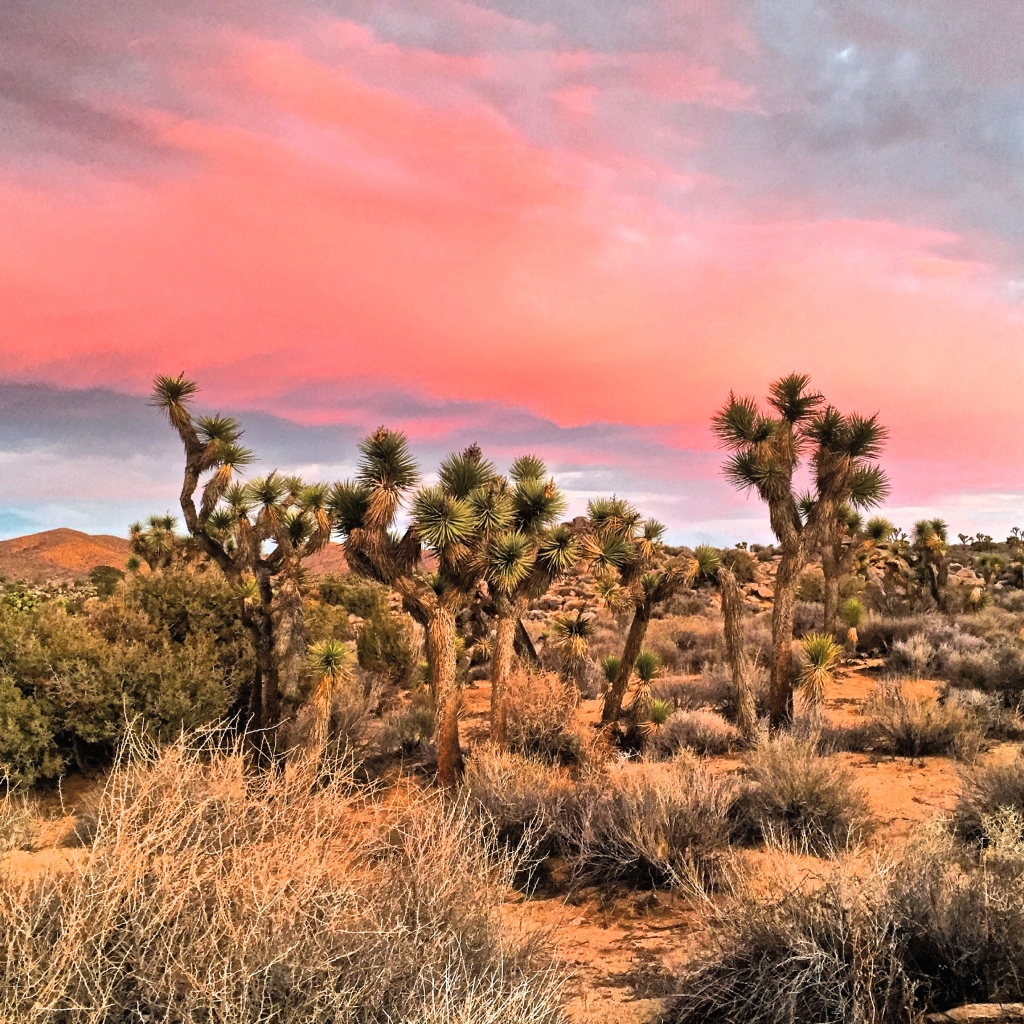
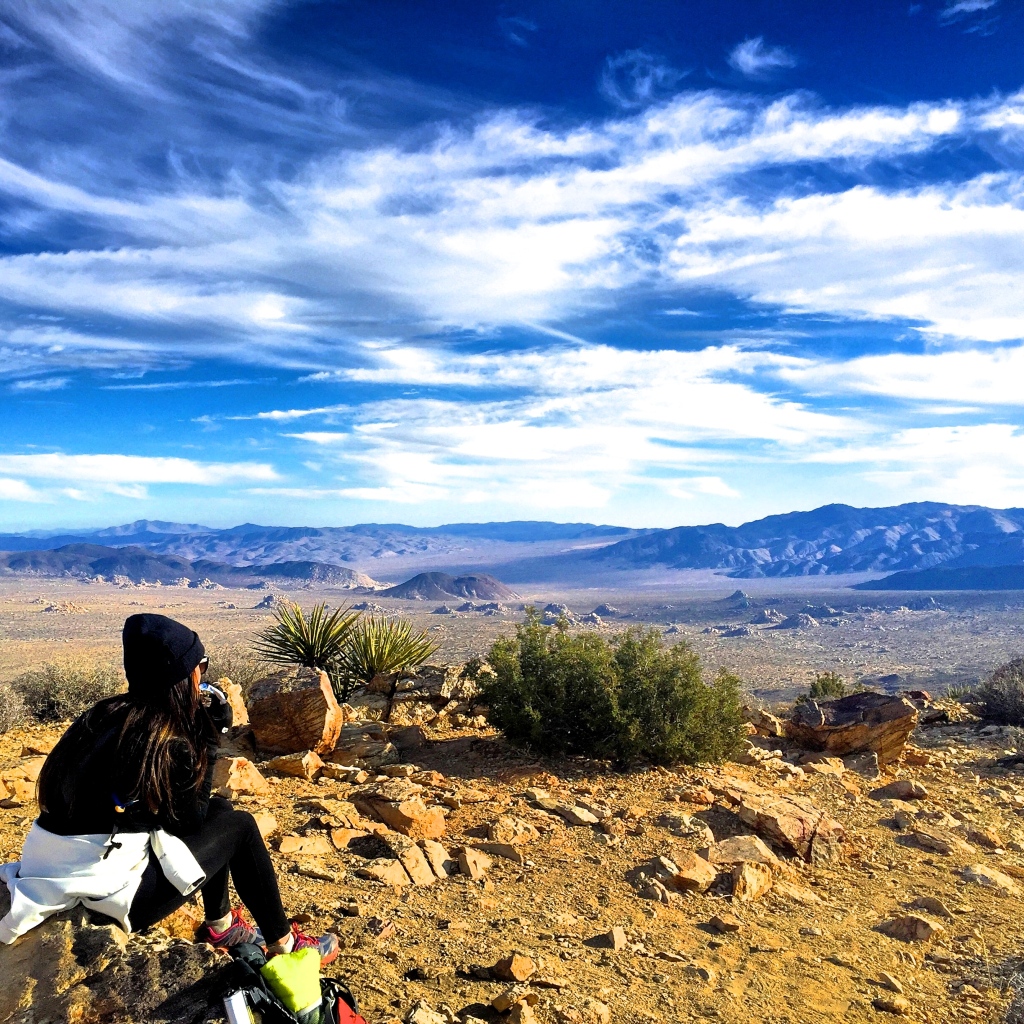


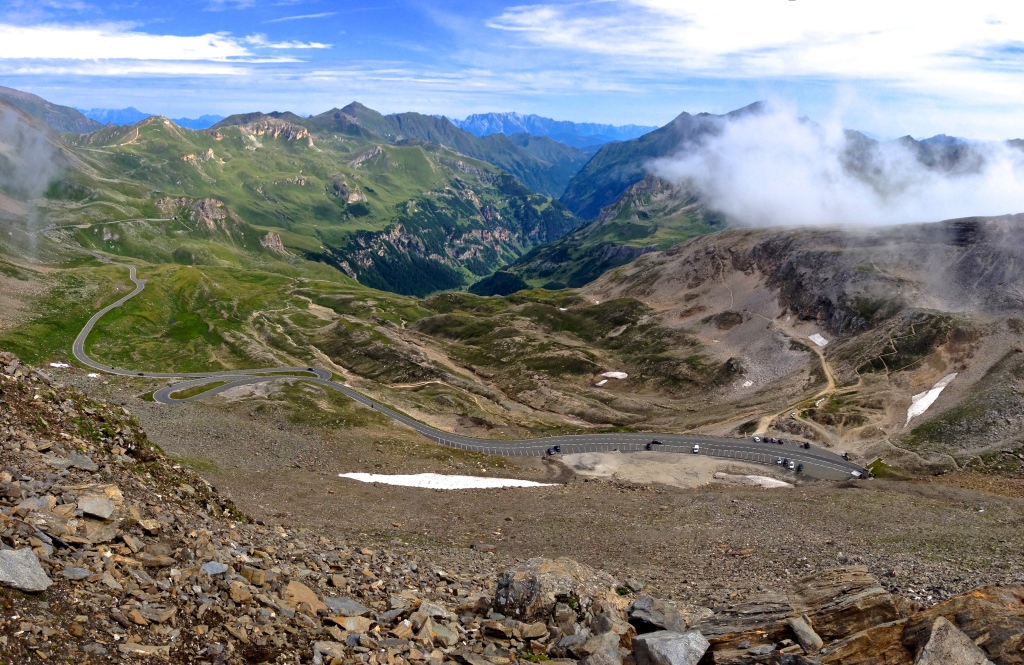




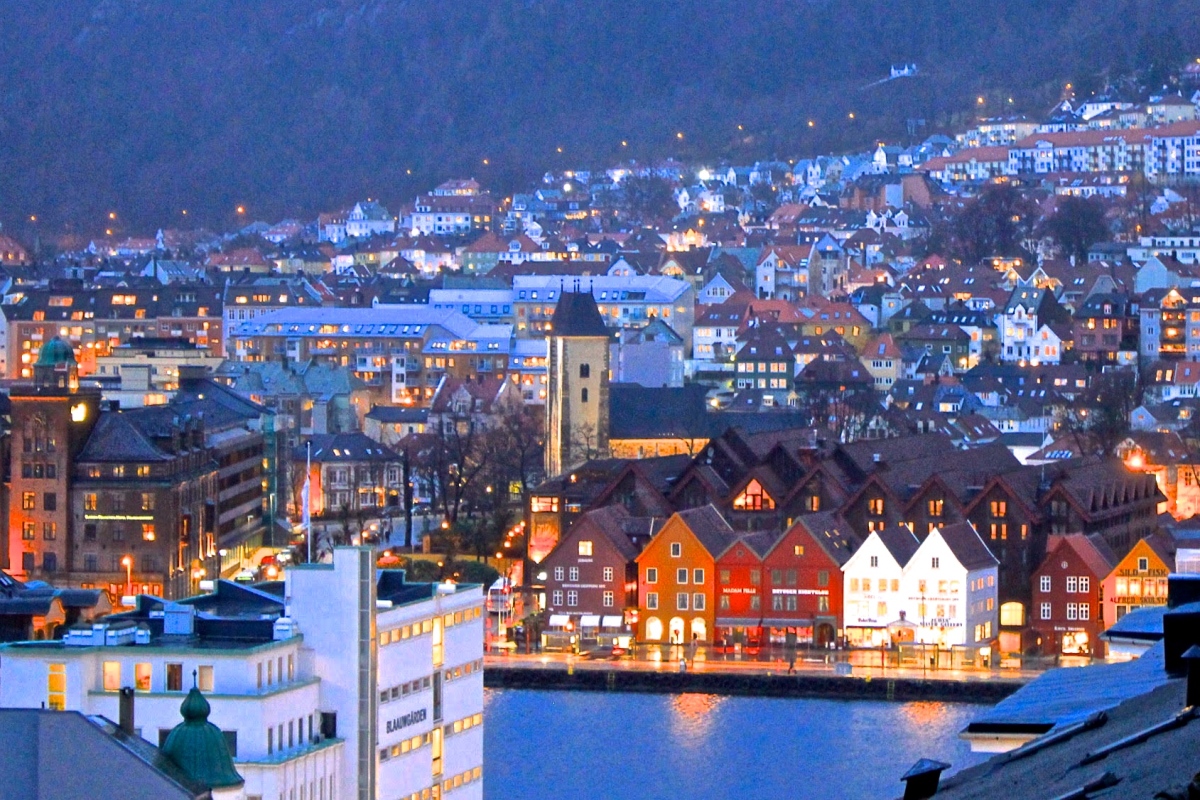




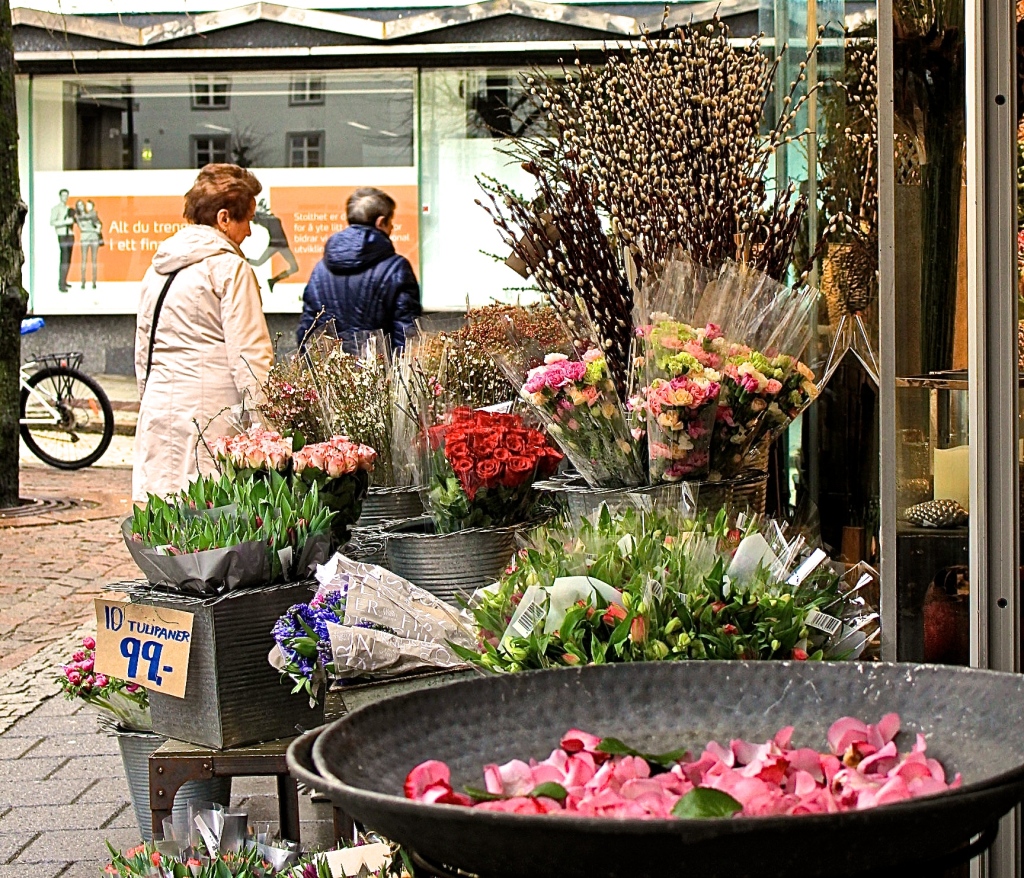



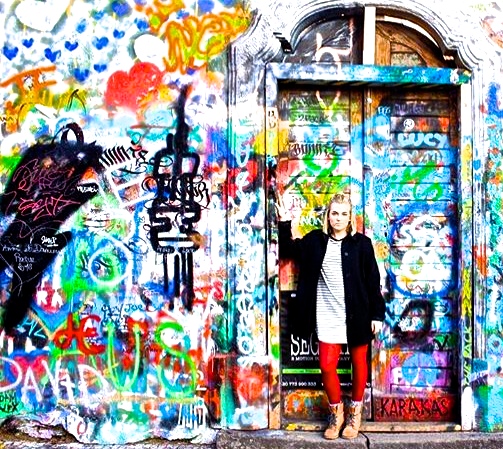



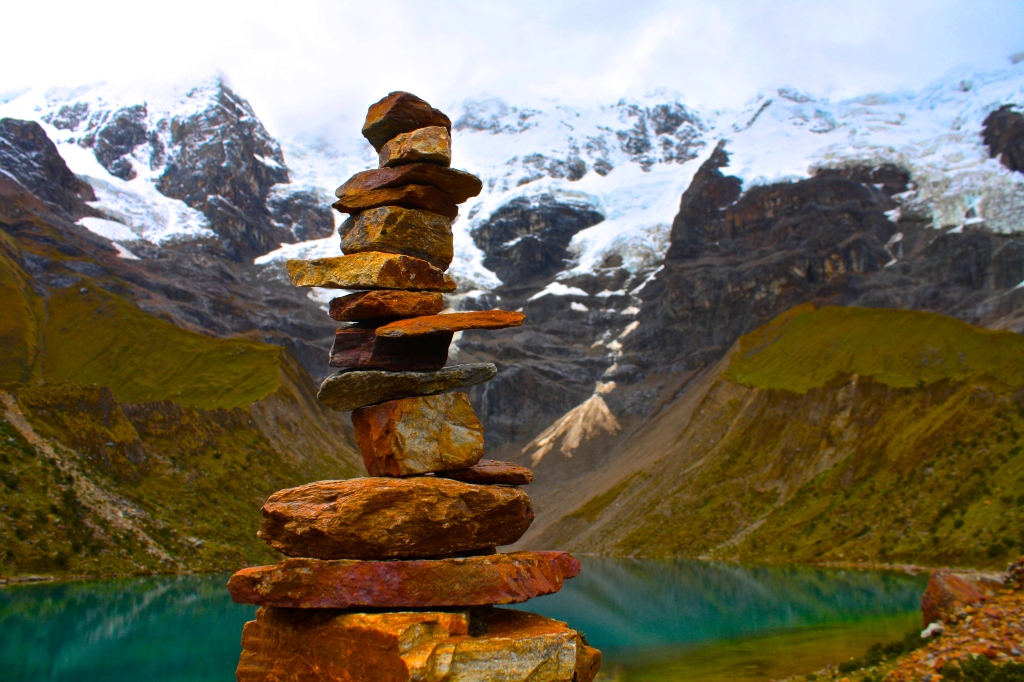




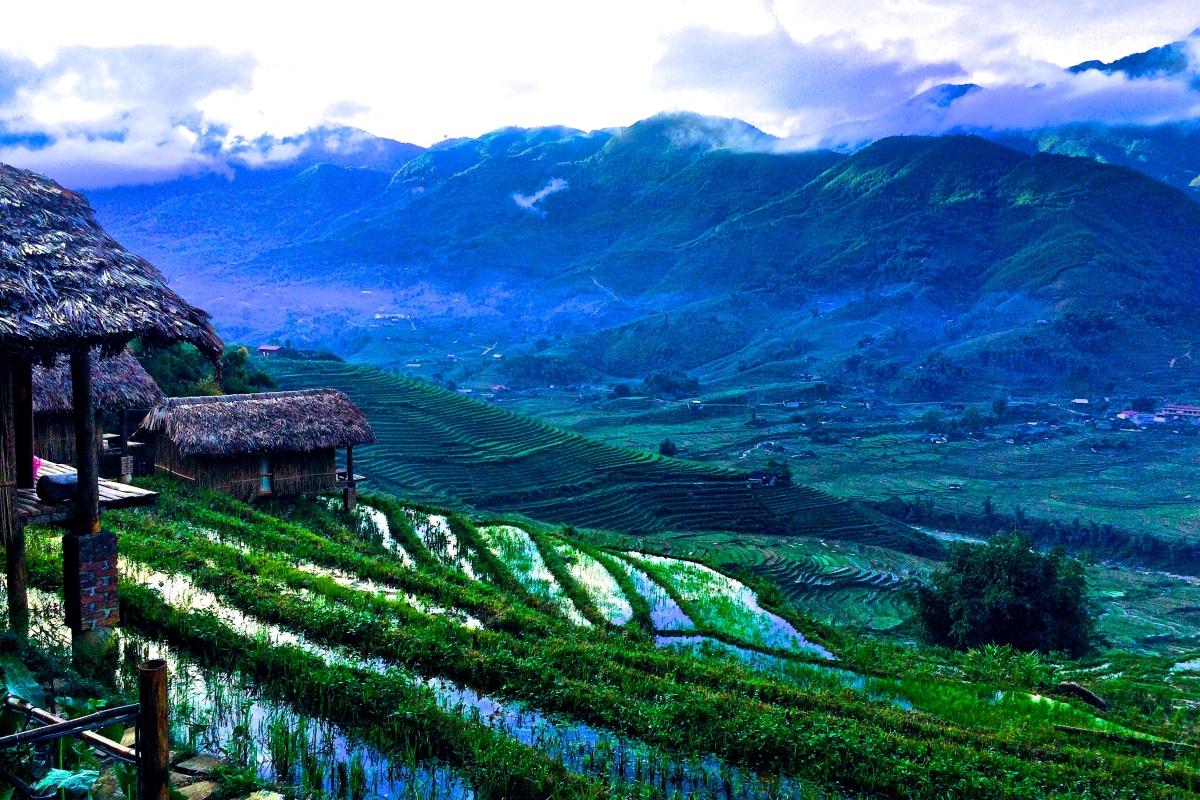






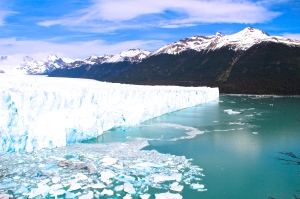

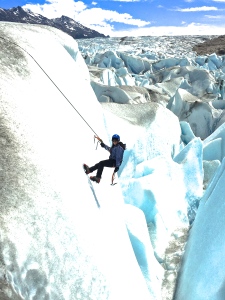



You must be logged in to post a comment.